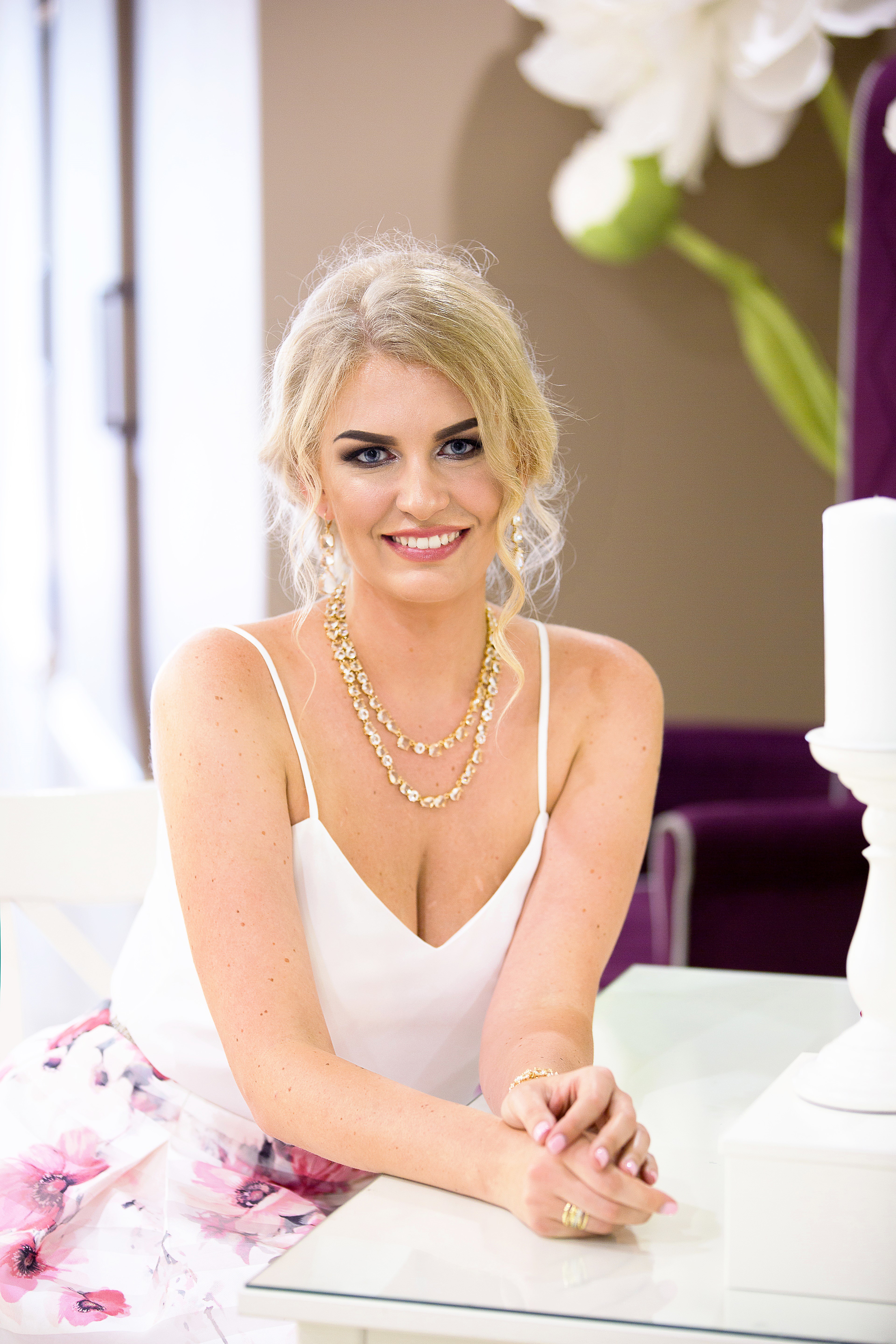Interview with 2019 Business Process Championship Silver Winner
We continue our series of interviews with the winners of 2019 Business Process Championship.
The second in the series with the winning process is Oksana Kuminov, tax accountant at NBAC Corp, who created a tax preparation process. The key operational value of her initiative is to document, ensure consistency, and ultimately automate business procedures in the tax preparation process.
Oksana shares how her tax preparation process can simplify the lives of accountants and gives valuable recommendations on building the business process for the first time.
Hi Oksana, congratulations on your win! Have you ever participated in a competition similar to the 2019 Business Process Championship?
I have participated in several competitions but never BPM-related ones. This one was very exciting!
You designed the tax preparation process. Tell us more about it. What problem does it address and who can benefit from it the most?
The process outlines the high-level workflows that support and manage the tax preparation end-to-end core process, underlying all tax activities. The tax preparation process is a sequential workflow that consists of the following main stages: document intake process, tax return preparation process, tax return review, and tax return distribution process. There are four types of users involved in this process: client, tax preparer assistant, tax preparer, and reviewer.
What's your preferred way of building business processes?
I think the first and most important step in business process building is to actually perform the task yourself. It will provide the opportunity to notate all the steps and observations. Next, I would design a high-level overview and then separate the high-level tasks into smaller stages. Finally, allowing users to test the process and provide edits is essential since they are the ones who use the process and have more experience with it.

What would you advise to people who are building the business process for the first time?
I would recommend spending much time for initial requirement gathering to make sure all aspects of the business process have been addressed. It is important to understand the process from the user’s standpoint and be able to identify current process strengths and areas of improvement.
What was the most difficult part in designing your business process?
In my opinion, the most difficult part in business process design was to compile the initial information gathered from various users and sources into one document. Going through the current processes together with users helped to overcome this difficulty. I was able to better understand why some processes were in place and ask clarification questions on the go.
Which Creatio studio free feature was the most helpful in the process?
I liked the studio feature of being able to right click on the object and drag the needed function without returning to the dashboard.
Do you find Studio Free easy to use?
The Studio is intuitive and very easy to use. The suggested dashboard is not overloaded with features, yet it provides enough tools to build simple to complex business processes.
To whom would you recommend Creatio studio free?
I would recommend Creatio studio free to everyone who is getting started designing basic processes.
Which business processes are you planning to design in the future?
I am planning to evaluate and automate the current case management process and new company onboarding process.
How difficult is it to learn designing good business processes? What is the best way to learn?
I think it is easier to start documenting an existing process, and then start making small improvements to it. Once the process is modified, it should be put into use to gather feedback and help make the next iteration of improvements.
